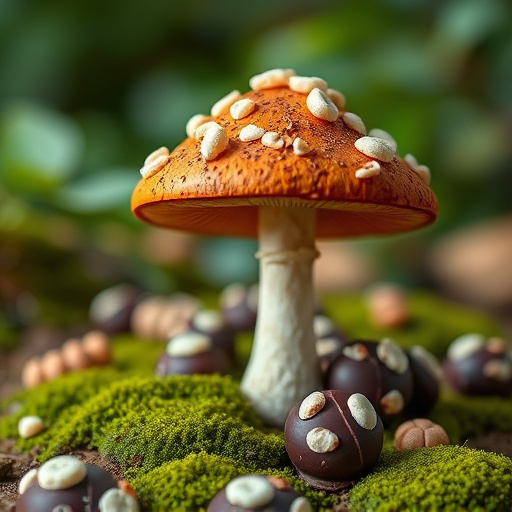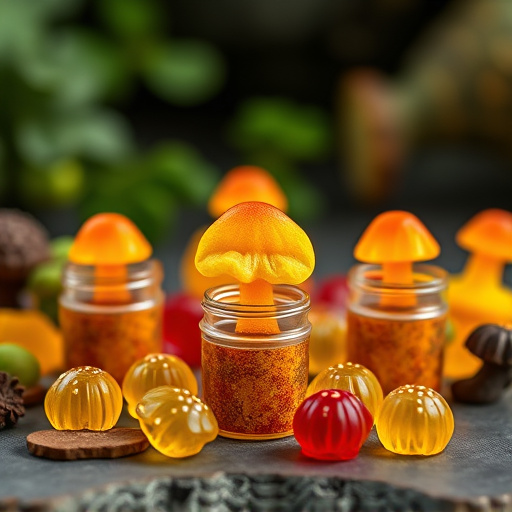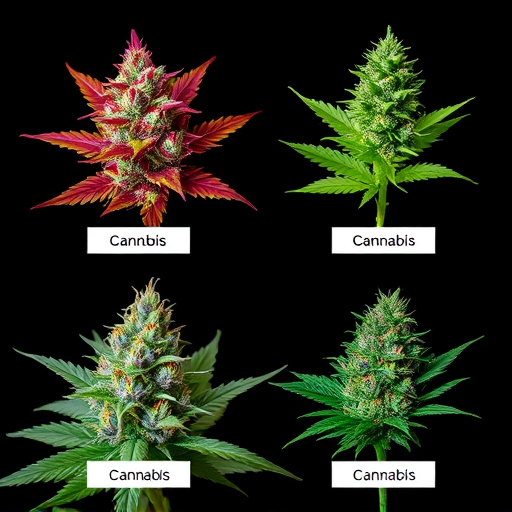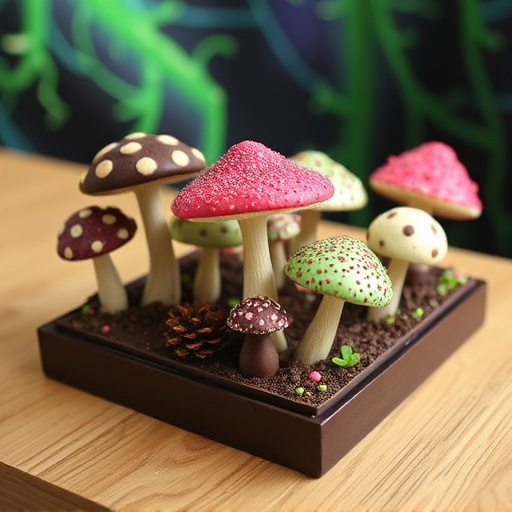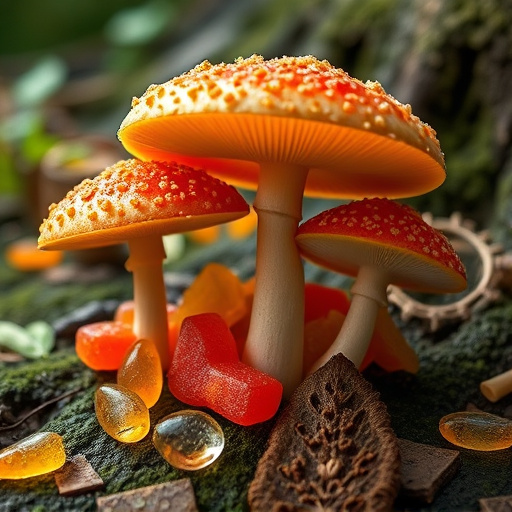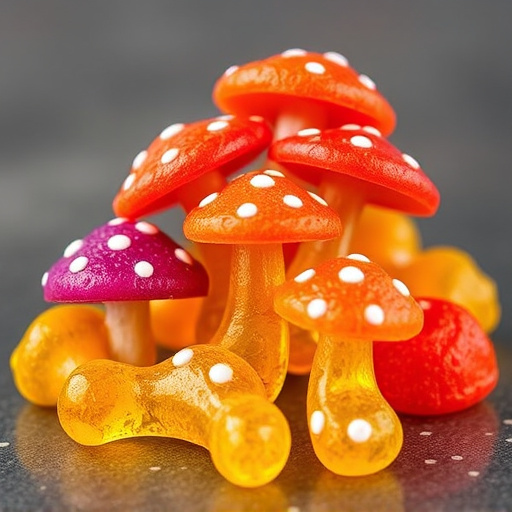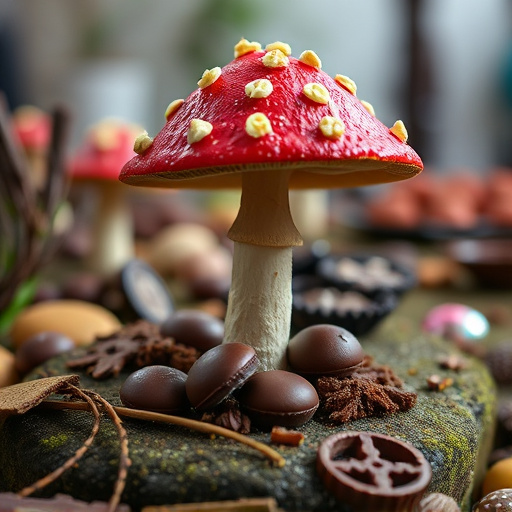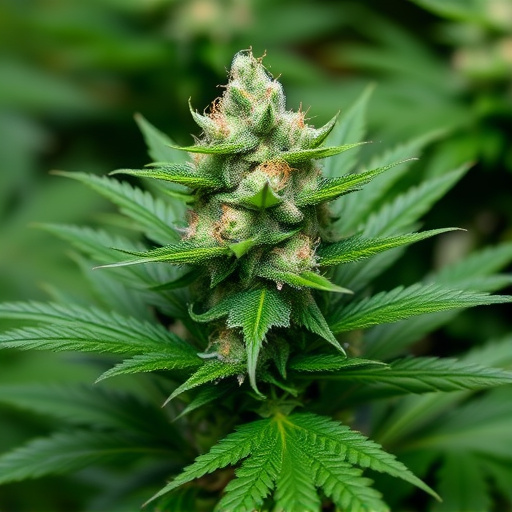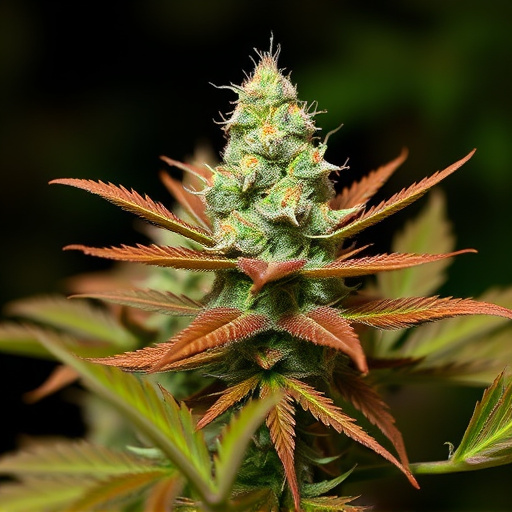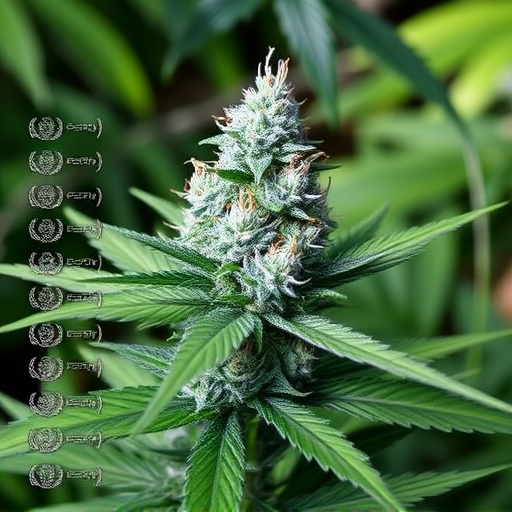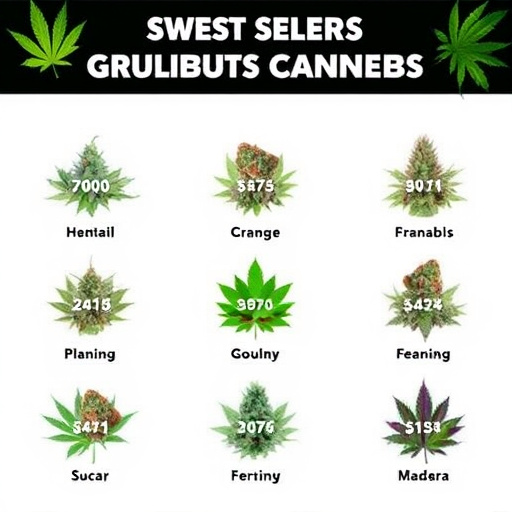The intricate biochemical transformations behind cannabis flower color changes fascinate both scientists and cultivators. Colors in popular best-selling cannabis strains like Blue Dream and Strawberry Cough signal plant composition and potential effects, driven by cannabinoids like THC and CBD, as well as flavonoids. Understanding this process enables cultivators to nurture plants for specific color goals, enhancing visual appeal and the consumer experience. These unique pigmentations not only make cannabis flowers visually stunning but also boost their therapeutic value, making them highly sought after in both medical and recreational markets.
Cannabis flowers’ vibrant colors, ranging from deep purples to bright yellows, are not just visually stunning; they hold significant importance for cultivators and enthusiasts. This transformation isn’t merely cosmetic but a complex process driven by science. In this article, we explore the fascinating reasons behind cannabis flower color change, focusing on the interplay of genetics and environmental cues. We also delve into the captivating variety of best-selling strains known for their unique pigmentation and discuss how environmental factors shape these stunning floral displays.
- The Science Behind Cannabis Flower Color Change
- Best Selling Cannabis Strains and Their Unique Pigmentation
- How Environmental Factors Influence Cannabis Flower Colors
The Science Behind Cannabis Flower Color Change

The science behind cannabis flower color change is fascinates both scientists and cultivators alike. As cannabis plants approach maturity, they undergo a series of biochemical transformations that lead to the vibrant hues we associate with different strains. These colors aren’t just aesthetically pleasing; they serve as a visual indicator of the plant’s composition and potential effects.
In terms of best-selling cannabis strains, certain varieties are renowned for their striking color profiles. For instance, Blue Dream is celebrated for its deep blue tinges, while Strawberry Cough boasts vibrant red and pink shades. These colors result from the presence of various compounds, including cannabinoids like THC and CBD, as well as flavonoids, which play a crucial role in determining the final hue. Understanding this natural process allows cultivators to meticulously nurture plants to achieve specific color goals, enhancing not only the visual appeal but also the perceived experience for consumers.
Best Selling Cannabis Strains and Their Unique Pigmentation
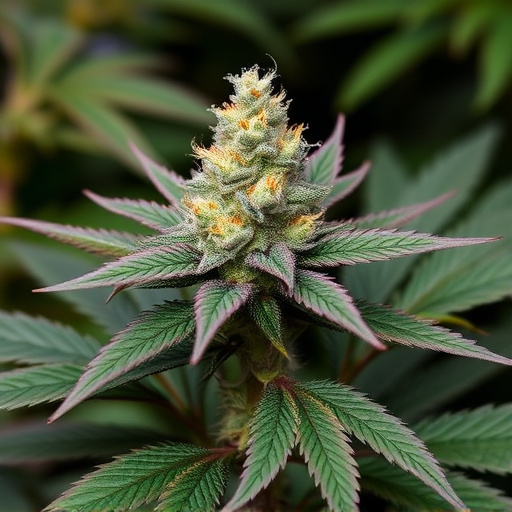
When it comes to the best-selling cannabis strains, their allure doesn’t solely lie in their potent effects; the unique pigmentation of these flowers is a significant draw for many enthusiasts and cultivators. Take, for instance, the popular Blue Dream strain—its vibrant blue hues are a result of high levels of THC and CBD, alongside anthocyanin, a pigment found in many plants that contributes to its striking color. This natural chemical compound isn’t just visually appealing; it’s believed to offer additional therapeutic benefits, such as enhanced anti-inflammatory properties.
Another top seller is the OG Kush strain, known for its rich, earthy aroma and dense, frosty flowers. The deep green pigmentation of this strain is indicative of high levels of terpenes, which not only contribute to its distinct flavor profile but also play a role in modulating the effects of cannabinoids. These natural pigments and terpenes not only make cannabis flowers visually stunning but also offer diverse therapeutic advantages, making them sought-after among both medical and recreational users alike.
How Environmental Factors Influence Cannabis Flower Colors
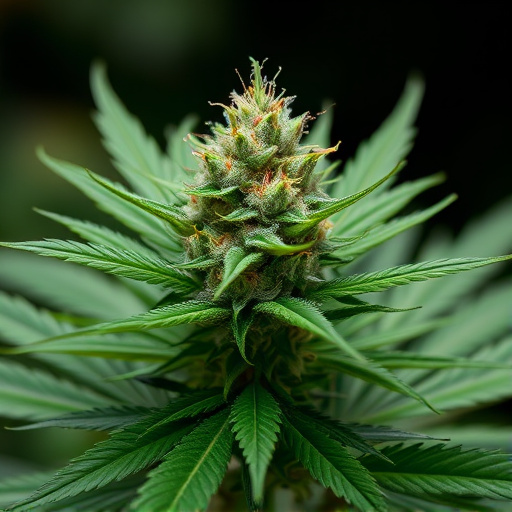
The vibrant colors of cannabis flowers aren’t just aesthetically pleasing; they’re a result of complex biochemical reactions influenced by environmental factors. Different terpenes and flavonoids, natural compounds responsible for aroma and color, are produced in response to varying growing conditions. For instance, stress from lack of water or sunlight can trigger the plant to express more red pigments, as these colors help cannabis plants reflect light and protect themselves from damage.
Temperature plays a significant role, too. Cooler nights often encourage the development of more blue and purple hues, while warmer days can enhance yellow and orange tones. Certain best-selling cannabis strains are known for their striking color variations, reflecting not just genetic predispositions but also the unique environmental experiences they’ve had during cultivation. These factors work together to create the stunning colors that make cannabis flowers such a captivating subject for growers and enthusiasts alike.
In conclusion, the color change of cannabis flowers is a fascinating process influenced by both scientific mechanisms and environmental factors. Understanding these dynamics not only enriches our appreciation for this remarkable plant but also aids in selecting the best-selling cannabis strains known for their unique pigmentations. By recognizing how environmental conditions impact floral colors, cultivators can optimize growing practices to enhance the visual appeal and potential therapeutic benefits of their crops.
